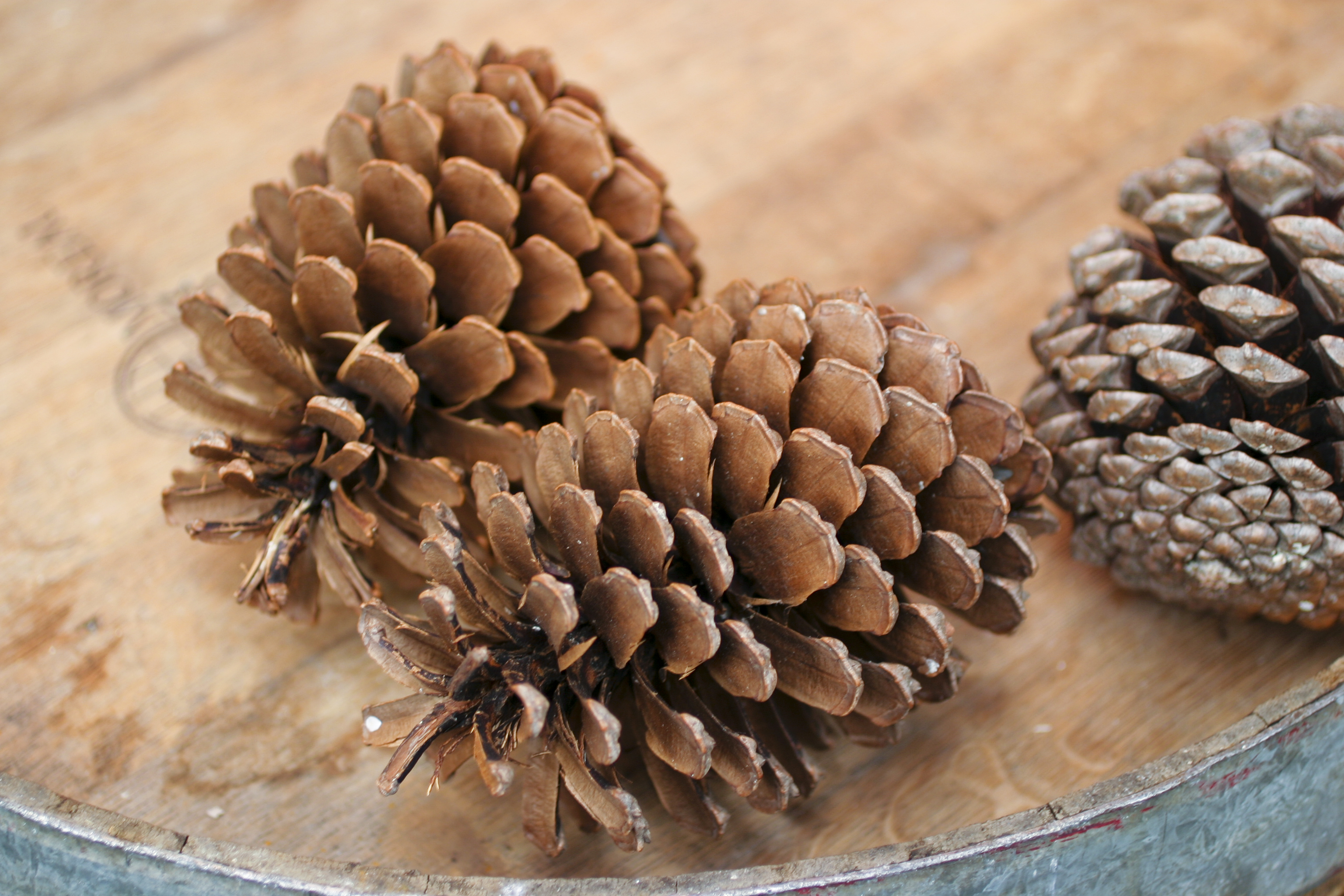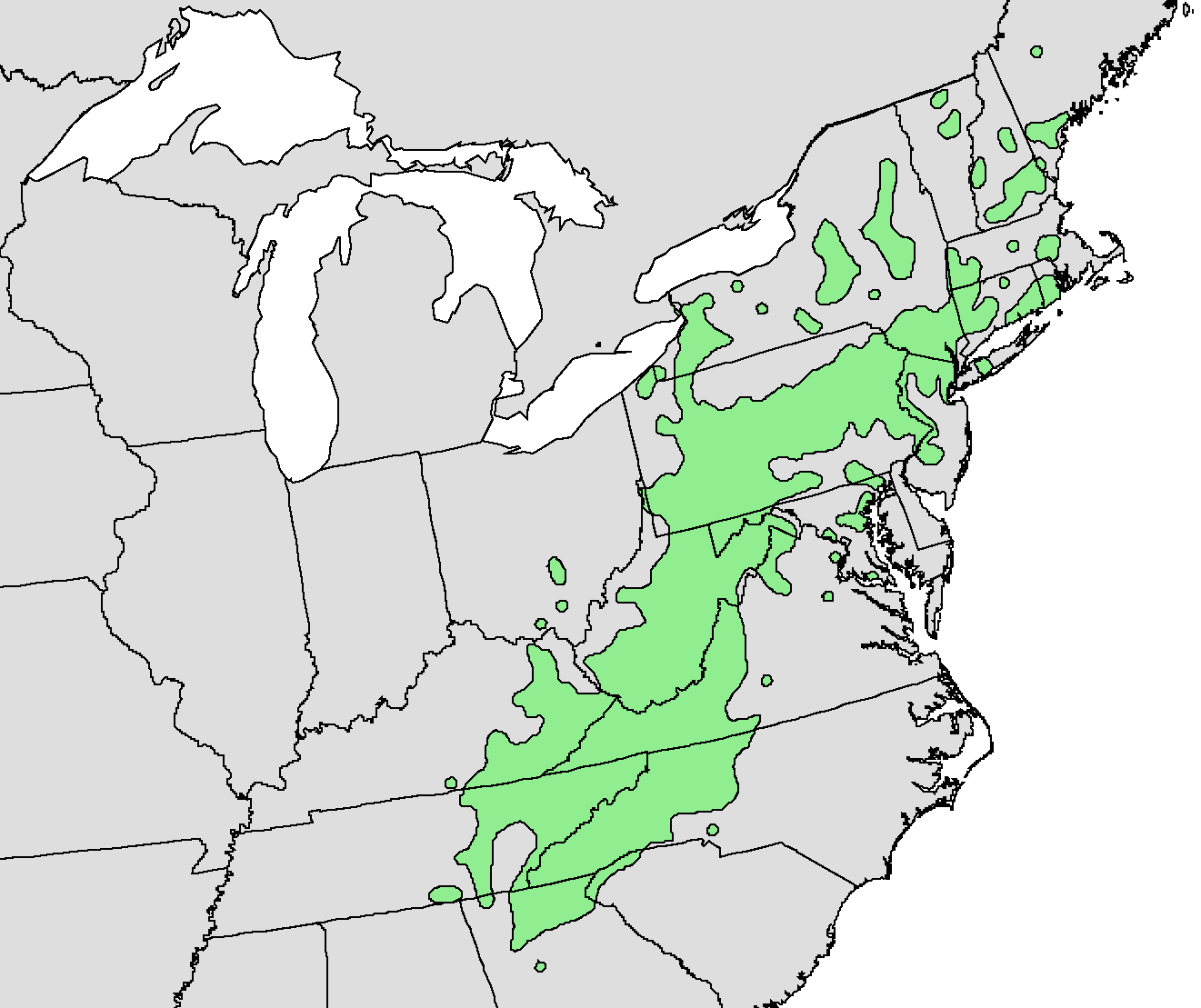|
Pestalotiopsis
''Pestalotiopsis'' is a genus of ascomycete fungi in the Sporocadaceae family. Taxonomy The genus was circumscription (taxonomy), circumscribed by René Leopold Alix Ghislain Jules Steyaert in Bull. Jard. Bot. Etat. vol.19 on page 300 in 1949. The genus name of ''Pestalotiopsis'' is in honour of Fortunato Pestalozza (died 1878), who was an Italian botanist and doctor who worked in Constantinople and Antalya. The phylogenetic relationships of genus ''Pestalotiopsis'' and allied genera has been calculated from ribosomal DNA sequences and morphological characters in 2002. The sexual state of ''Pesalotiopsis'' is ''Pestalosphaeria'', which was introduced by Margaret Elizabeth Barr-Bigelow, Barr (in 1975) with the type species ''Pestalosphaeria concentrica''. This species was isolated from the grey-brown spots on the living leaves of ''Rhododendron maximum'' growing in North Carolina, USA. Hosts Some species of ''Pestalotiopsis'' are confirmed to cause human and animal diseases. For ... [...More Info...] [...Related Items...] OR: [Wikipedia] [Google] [Baidu] |
Sporocadaceae
The Sporocadaceae are a family of fungi, that was formerly in the order Xylariales. It was placed in the Amphisphaeriales order in 2020. Species of ''Sporocadaceae'' are endophytic (living with a plant), plant pathogenic (causing disease) or saprobic (processing of decayed (dead or waste) organic matter). They are associated with a wide range of host plants. They are also endophytes or parasitic on humans and animals. Some of them are confirmed to cause human and animal diseases. For example, ''Pestalotiopsis'' spp. have been isolated from a bronchial biopsy, corneal abrasions, eyes, feet, fingernails, scalp, and sinuses from the human body. Members of ''Sporocadaceae'' are also known as 'pestalotioid fungi', which refers to genera resembling those taxa having affinities with ''Pestalotia''. A former genus, whose species are now split between ''Pestalotiopsis'', ''Neopestalotiopsis'' and ''Pseudopestalotiopsis''. 'Pestalotia' also encompasses genus ''Seiridium''. History The ... [...More Info...] [...Related Items...] OR: [Wikipedia] [Google] [Baidu] |
Pestalotiopsis Microspora
''Pestalotiopsis microspora'' is a species of endophytic fungus capable of breaking down and digesting polyurethane. Originally identified in 1880 in fallen foliage of common ivy (''Hedera helix'') in Buenos Aires, it also causes leaf spot in Hypericum 'Hidcote' ('' Hypericum patulum'') shrubs in Japan. However, its polyurethane degradation activity was discovered only in the 2010s in two distinct ''P. microspora'' strains isolated from plant stems in the Yasuni National Forest within the Ecuadorian Amazon rainforest by a group of student researchers led by molecular biochemistry professor Scott Strobel as part of Yale's annual Rainforest Expedition and Laboratory. It is the first fungus species found to be able to subsist on polyurethane in anaerobic conditions. This makes the fungus a potential candidate for bioremediation projects involving large quantities of plastic. ''Pestalotiopsis microspora'' was originally described from Buenos Aires, Argentina in 1880 by mycolo ... [...More Info...] [...Related Items...] OR: [Wikipedia] [Google] [Baidu] |
Neopestalotiopsis
''Neopestalotiopsis'' is a genus of plant pathogens in the family Sporocadaceae. The genus was published by Maharachch., K.D. Hyde & Crous in Studies in Mycology vol.79 on page 135 in 2014. The type species is ''Neopestalotiopsis protearum'' . It was named after its morphological similarity to ''Pestalotiopsis''. ''Neopestalotiopsis'' is widespread, occurring as saprobes or pathogens on various host plants (Maharachchikumbura et al. 2014, Farr & Rossman 2019). The genus is distinct from ''Pestalotiopsis'' in having versicolourous median cells. The conidia is either composed of two upper median cells that are darker than the lowest median cell and they have indistinct conidiophores. It was originally placed in family ''Pestalotiopsidaceae'' before that was absorbed into the family ''Sporocadaceae''. Jaklitsch et al. (2016), synonymised ''Bartaliniaceae'', ''Discosiaceae'', ''Pestalotiopsidaceae'' and ''Robillardaceae'', and then revived the older family name of ''Sporocadaceae' ... [...More Info...] [...Related Items...] OR: [Wikipedia] [Google] [Baidu] |
Pestalosphaeria
''Pestalosphaeria'' is a genus of fungi in the family Pestalotiopsidaceae. The morphological characters of ''Pestalosphaeria'' comprise cylindrical asci with a J+ apical apparatus, ascospores uniseriate in the ascus, three cells, ellipsoid, and a pale dull brown color. The genus name of ''Pestalosphaeria'' is in honour of Fortunato Pestalozza (died 1878), who was an Italian botanist and doctor who worked in Constantinople and Antalya. The genus was circumscribed by Margaret Elizabeth Barr-Bigelow in Mycologia vol.67 on page 188 in 1975. Species As accepted by Species Fungorum ''Index Fungorum'' is an international project to index all formal names (Binomial nomenclature, scientific names) in the fungus Kingdom (biology), kingdom. As of 2015, the project is based at the Royal Botanic Gardens, Kew, one of three partn ...; * ''Pestalosphaeria accidenta'' * ''Pestalosphaeria alpiniae'' * ''Pestalosphaeria austroamericana'' * ''Pestalosphaeria hansenii'' * ''Pestalos ... [...More Info...] [...Related Items...] OR: [Wikipedia] [Google] [Baidu] |
Pinus Pinaster
''Pinus pinaster'', the maritime pine or cluster pine, is a pine native to the south Atlantic Europe region and parts of the western Mediterranean. It is a hard, fast growing pine bearing small seeds with large wings. Description ''Pinus pinaster'' is a medium-size tree, reaching tall with a Trunk (botany), trunk diameter of up to , exceptionally . The Bark (botany), bark is orange-red, thick, and deeply fissured at the base of the trunk, somewhat thinner in the upper Crown (botany), crown. The leaves ('needles') are in pairs, very stout ( broad), up to long, and bluish-green to distinctly yellowish-green. The maritime pine features the longest and most robust needles of all European pine species. The conifer cone, cones are conic, long and broad at the base when closed, green at first, ripening glossy red-brown when 24 months old. They open slowly over the next few years, or after being heated by a wildfire, forest fire, to release the seeds, opening to broad. The seeds ... [...More Info...] [...Related Items...] OR: [Wikipedia] [Google] [Baidu] |
Pinus Pinea
The Italian stone pine, botanical name ''Pinus pinea'', also known as the Mediterranean stone pine is a tree from the pine family (''Pinaceae''). The tree is native to the Mediterranean region, occurring in Southern Europe and the Levant. The species was introduced into North Africa millennia ago, and is also naturalized in the Canary Islands, South Africa and New South Wales. Stone pines have been used and cultivated for their edible pine nuts since prehistoric times. They are widespread in horticultural cultivation as ornamental trees, planted in gardens and parks around the world. This plant has gained the Royal Horticultural Society's Award of Garden Merit. ''Pinus pinea'' is a diagnostic species of the vegetation class ''Pinetea halepensis''. Description The stone pine is a coniferous evergreen tree that can exceed in height, but is more typical. In youth, it is a bushy globe, in mid-age an umbrella canopy on a thick trunk, and, in maturity, a broad and flat crown o ... [...More Info...] [...Related Items...] OR: [Wikipedia] [Google] [Baidu] |
Guava
Guava ( ), also known as the 'guava-pear', is a common tropical fruit cultivated in many tropical and subtropical regions. The common guava '' Psidium guajava'' (lemon guava, apple guava) is a small tree in the myrtle family (Myrtaceae), native to Mexico, Central America, the Caribbean and northern South America. The name guava is also given to some other species in the genus '' Psidium'' such as strawberry guava ('' Psidium cattleyanum'') and to the pineapple guava, '' Feijoa sellowiana''. In 2019, 55 million tonnes of guavas were produced worldwide, led by India with 45% of the total. Botanically, guavas are berries. Etymology The term ''guava'' appears to have been in use since the mid-16th century. The name derived from the Taíno, a language of the Arawaks as for ''guava tree'' via the Spanish for . It has been adapted in many European and Asian languages, having a similar form. Origin and distribution Guavas originated from an area thought to extend from Mexic ... [...More Info...] [...Related Items...] OR: [Wikipedia] [Google] [Baidu] |
Rhododendron Maximum
''Rhododendron maximum'' is a species of ''Rhododendron'' native to the Appalachians of eastern North America, from Alabama north to coastal Nova Scotia. Its common names include great laurel, great rhododendron, rosebay rhododendron, American rhododendron and big rhododendron. Description ''Rhododendron maximum'' is an evergreen shrub growing to , rarely , tall. The leaves are long and broad. The flowers are diameter, white, pink or pale purple, often with small greenish-yellow spots. The fruit is a dry capsule long, containing numerous small seeds. The leaves can be poisonous. Leaves are sclerophyllous, simple, alternate, and oblong (10 to 30 cm long, 5 to 8 cm wide). It retains its waxy, deep-green leaves for up to 8 years, but once shed are slow to decompose. It produces large, showy, white to purple flowers each June and July. File:Rhododendron maximum.jpg, Flower File:American Rhododendron Leaves.jpg, Leaves File:Rhododendron maxima Trunk Bark 2090px.jpg, Bar ... [...More Info...] [...Related Items...] OR: [Wikipedia] [Google] [Baidu] |
Diospyros Kaki
''Diospyros kaki'', the Oriental persimmon, Chinese persimmon, Japanese persimmon or kaki persimmon, is the most widely cultivated species of the genus ''Diospyros''. Although its first botanical description was not published until 1780,Published in ''Nova Acta Soc. Sc. Upsal.'' iii. 208, author Carl Peter Thunberg, [Thunb.] (1780); later in ''Fl. Jap.'' 157, author Thunb. (1784). ''D. kaki'' cultivation in China dates back more than 2000 years. Names Whether the species was first described by Carl Peter Thunberg or Carl Linnaeus the Younger is disputed. The scientific name ''Diospyros kaki'' L. f. may be used erroneously for this plant. However, ''Diospyros kaki'' L. f., published in 1781, is a later homonym of ''Diospyros kaki'' Thunb., published in 1780. So the name ''Diospyros kaki'' L. f. is taxonomically illegitimate and not accepted. It is called ''shi'' (柿) in Chinese, ''kaki'' (柿) in Japanese, ''gam'' (감) in Korean, kesemek in Indonesia and haluwabed (हलु� ... [...More Info...] [...Related Items...] OR: [Wikipedia] [Google] [Baidu] |
Endophytes
An endophyte is an endosymbiont, often a bacterium or fungus, that lives within a plant for at least part of its life cycle without causing apparent disease. Endophytes are ubiquitous and have been found in all species of plants studied to date; however, most of the endophyte/plant relationships are not well understood. Some endophytes may enhance host growth and nutrient acquisition and improve the plant's ability to tolerate abiotic stresses, such as drought, and decrease biotic stresses by enhancing plant resistance to insects, pathogens and herbivores. Although endophytic bacteria and fungi are frequently studied, endophytic archaea are increasingly being considered for their role in plant growth promotion as part of the core microbiome of a plant. History Endophytes were first described by the German botanist Johann Heinrich Friedrich Link in 1809. They were thought to be plant parasitic fungi and they were later termed as "microzymas" by the French scientist Béchamp. The ... [...More Info...] [...Related Items...] OR: [Wikipedia] [Google] [Baidu] |
Pinus Armandii
''Pinus armandii'', the Armand pine or Chinese white pine, is a species of pine native to China, occurring from southern Shanxi west to southern Gansu and south to Yunnan, with outlying populations in Anhui. It grows at altitudes of 2200–3000 m in Taiwan, and it also extends a short distance into northern Burma. In Chinese it is known as " Mount Hua pine" (). It grows at 1,000–3,300 m altitude, with the lower altitudes mainly in the northern part of the range. It is a tree reaching height, with a trunk up to in diameter. Description It is a member of the white pine group, ''Pinus'' subgenus ''Strobus'', and like all members of that group, the leaves ('needles') are in fascicles (bundles) of five, with a deciduous sheath. They are long. The cones are long and broad, with stout, thick scales. The seeds are large, long and have only a vestigial wing; they are dispersed by spotted nutcrackers. The cones mature in their second year, this is a juvenile female cone: ; V ... [...More Info...] [...Related Items...] OR: [Wikipedia] [Google] [Baidu] |





